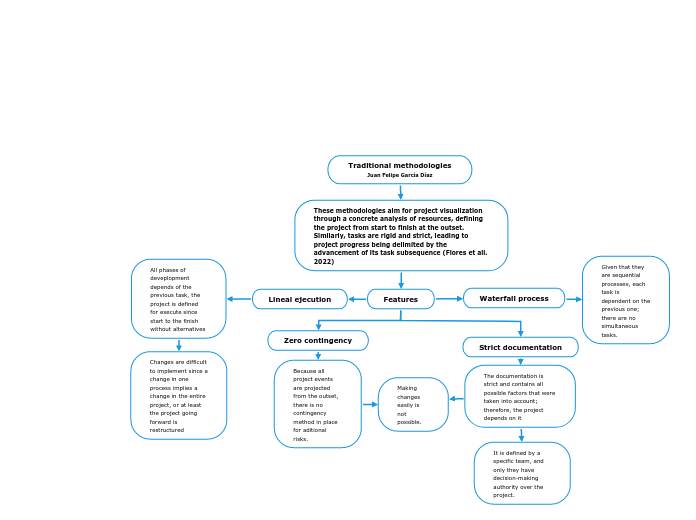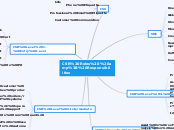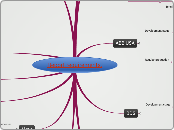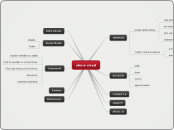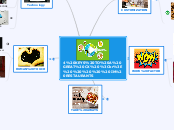Colaborative deveplopment
There is great communication among team members and subteams who decide on the iterations and the project, and everyone has an equal voice in the voting.
From inception to completion, these methodologies take into account that the project is susceptible to both environmental risks and changes proposed by stakeholders or according to the implicit needs of the project itself. Therefore, from its analysis to its closure, these methodologies aim to ensure that each step of the project is open and prepared to make the necessary changes and adjustments without affecting the final outcome or project objective (Flores et al. 2022)
Documentation
Heir documentation is based on and developed using models that allow the participation of everyone and the implementation of changes in any phase of development.
Simultaneity
Roles or tasks are assigned to team members so that requirements can be developed simultaneously and without depending on others
customer importance
Strategies are implemented where the client participates in the development, through evaluation and contribution of criteria for each requirement being developed.
Incremental
Called iterations as well, each component that will be part of the entire development is functional and worked on independently, gradually being added to the entirety
Agile methodologies
Juan Felipe García Díaz
Strict documentation
The documentation is strict and contains all possible factors that were taken into account; therefore, the project depends on it
It is defined by a specific team, and only they have decision-making authority over the project.
Given that they are sequential processes, each task is dependent on the previous one; there are no simultaneous tasks.
Traditional methodologies
Juan Felipe García Díaz
These methodologies aim for project visualization through a concrete analysis of resources, defining the project from start to finish at the outset. Similarly, tasks are rigid and strict, leading to project progress being delimited by the advancement of its task subsequence (Flores et all. 2022)
Features
Waterfall process
Zero contingency
Because all project events are projected from the outset, there is no contingency method in place for aditional risks.
Making changes easily is not possible.
Lineal ejecution
All phases of deveplopment depends of the previous task, the project is defined for execute since start to the finish without alternatives
Changes are difficult to implement since a change in one process implies a change in the entire project, or at least the project going forward is restructured
